Tabriz rugs, the crème de la crème of Iranian textiles, are handwoven masterpieces from the city of Tabriz in Iran. Renowned for their intricate patterns, high quality, and artistry, these rugs hold significant value and influence in the global market. Tabriz, a city with a rich history as a cradle of art and culture, has seen its artisans weave the essence of Iranian taste and aesthetics into their rugs’ warp and weft. Tabrizi artists intricately intertwine knots to imprint novel designs onto rugs, creating works that reflect the rich heritage and creativity of Azeri weavers who have employed various techniques, materials, designs, and colors to produce stunning and unique pieces.
History of Tabriz Rugs
In the heart of Azerbaijan, the city of Tabriz boasts a rich history of rug weaving that dates back over a thousand years, reaching as far as the Median era. As a nurturer of emotion and artistry, Tabriz’s vibrant and abundant culture manifests in its captivating and dazzling rugs.
The Safavid period (16th-18th centuries)
During the Safavid dynasty, Tabriz became a center of artistic and cultural innovation. Large rug-weaving workshops were established, attracting first-rate weavers who crafted exquisite rugs under royal patronage. It is widely believed that many medallion or Safavid medallion rugs were woven in Tabriz and Azerbaijan. Notably, the renowned Ardabil Rug was woven during the reign of Shah Tahmasp. Although there is some doubt about directly attributing certain historical rugs like the Sheikh Safi Rug and the Hunting Ground Rug to Tabriz, the city housed the royal library and was home to prominent calligraphers, painters, and illuminators, with centralized rug-weaving workshops.
The Qajar Period (19th–Early 20th Centuries)
Following the recession after the Safavid era, Tabriz was among the first cities where the rug trade extensively spread at the end of the Qajar period, becoming a thriving market for European companies. Positioned at the gateway between East and West, the export of Iranian rugs to Europe via Azerbaijan and Turkey became possible during this time. Tabriz grew rapidly, and its rugs gained international recognition.

Carpet market in Iran, Qajar dynasty
The Pahlavi period (mid-20th century)
In the mid-20th century, Tabriz regained its status as a leading center of Persian rug weaving. Weavers preserved their heritage while adapting to modern demands, producing both traditional and contemporary designs. They employed a variety of styles and patterns, using bright and harmonious colors and fine knots, further enhancing the reputation of Tabriz rugs in the global market.

Tabriz Bazaar, the world’s largest covered market.
Tabriz Rug Weaving Techniques and Materials
Knots and Weaving
Tabriz rugs are renowned for their high knot counts and short, fine piles, placing them among the finest weaves. The symmetrical (Turkish) knot is the common knot in this region, creating a dense and sturdy pile that can withstand wear and tear. In this knot, the yarn is wrapped around two adjacent warp threads and pulled through the middle. This technique contributes to the durability and resilience of Tabriz rugs. They are typically woven using the “lul” (closed) technique and are of the two-weft type. Notably, Tabriz rugs are free of fake knots.
The knot count in Tabriz is measured per 7 centimeters, colloquially called a “panjeh” (five), with knot counts varying from fine to coarse. In recent years, skillful Tabrizi weavers have produced very fine silk-flower rugs with knot counts of 50 and 60 on a large scale.
Materials
The primary materials used in Tabriz rugs are wool, silk, and cotton:
- Wool: Sourced from local sheep breeds, wool is durable, resilient, and soft, serving as the main material for the pile.
- Silk: Abundantly used either as the main material or to outline flowers and leaves, silk adds luxury and vividness. Some rugs are woven entirely of silk, particularly those produced in the workshops of Ardabil and Maragheh.
- Cotton: Commonly used for the foundation, including the warp and weft threads, providing strength and stability.
The looms used are vertical with Turkish warping, and the kilim weaving of contemporary Tabriz rugs follows the well-known Turkish style. The type of selvage is mostly separate, meaning the selvage is completed after the weaving is finished.
Coloring Techniques
In coloring the flowers and motifs, colors like fuchsia, maroon, olive green, and orange are abundantly used. The presence of shades and highlights in the motifs gives a raised effect to the patterns, enhancing their natural appearance. Tabrizi designers specify colors on the design using coding and numbering, known as “Mastureh,” aiding in precise color placement.
Design and Patterns of Tabriz Rugs
One of the distinguishing feature of Tabriz rug designs is the Khatai motifs such as Shah Abbasi flowers, which are intricate floral patterns that flaunt throughout the rug.
Tabriz rugs boast a diverse range of designs, categorized under various names:
- Mostofi (Gol Farang): Also known as “foreign flower,” featuring elaborate floral motifs inspired by European patterns.
- Mahi (Herati Pattern): “Mahi” means “fish” in Persian and refers to small diamond-shaped motifs resembling fish scales, arranged diagonally or horizontally to create a dynamic and rhythmic pattern.
- Eslimi with Medallion: Incorporates intricate spirals and curves with central medallions.
- Vase: Features vase motifs with floral arrangements.
- Mina-Khani: A repeating pattern of flowers connected by a lattice.
- Tree Pattern: Depicts trees and foliage.
- Pictorial Designs: Showcase scenes from history, mythology, religion, or everyday life, demonstrating the artistic creativity and cultural diversity of Tabriz weavers. Examples include hunting scenes, gardens, and human figures.
- Dome or Golestani Pattern: Depicts garden layouts or floral designs.
- Hunting Scene (Shikargah): Illustrates hunting scenes with animals and hunters.
Some designs are named after notable designers or producers such as Qareh Baghi, Salari, Alia, Nami, and Khatibi, which are well-known in today’s rug market.
The border of most Tabriz rugs is the “Samavar” or “Tusbaqeh,” considered a main feature of the Mahi Darham or Herati design.

Typical traditional Tabriz style "Afshan carpet", Azerbaijan Carpet Museum

Tabriz style "Hunting carpet", Museo Poldi Pezzoli

Tabriz Mahi 50 raj rug, Rug the Rock collection
Color Palette
In traditional Tabriz rugs, colors were limited with high contrast, such as red alongside navy blue in the field and border. However, contemporary Tabriz rugs have no color limitations, and designers use a variety of hues in their works. A new feature in modern Tabriz rugs is the use of depth and dimension or perspective in this two-dimensional art form, giving a unique identity to these rugs.
Another characteristic is the balance between warm and cool colors; the presence of shades and highlights in the flowers and field gives a raised effect to the patterns, making the motifs appear more natural and closer to the Realist style (Naturalism). Notably, Tabrizi designers specify colors on the design using coding and numbering, known as “Mastureh,” aiding in precise color placement.
Value and Influence of Tabriz Rugs
Tabriz rugs are considered valuable investments and artistic treasures, sought after by collectors, buyers, and admirers worldwide. Several factors contribute to their value and popularity:
- Rarity: Handwoven by skilled artisans using traditional techniques and materials, Tabriz rugs are rare and unique. Production is limited, ensuring each piece’s exclusivity, especially the pictorial rugs depicting scenes from history, mythology, religion, or everyday life.
- Quality: Known for their high quality and craftsmanship, Tabriz rugs feature tight and dense knots, elaborate and intricate designs, harmonious colors, and a soft, smooth pile.
- Size and Complexity: Ranging from small mats to large rugs covering entire rooms, larger Tabriz rugs require more time, effort, material, and skill to produce, often displaying complex and detailed patterns.
- Age and Historical Significance: Rugs dating back several centuries, particularly from the Safavid period, hold significant historical value. Their age adds to their charm and character, reflecting the rich history and heritage of Tabriz rug weaving.
Tabriz rugs have not only been prized possessions but have also influenced other art forms, inspiring designs in Turkish rugs, European paintings, and modern decor.
Collectors and Global Appreciation
Tabriz rugs have captivated collectors and admirers from various backgrounds, including museums, galleries, and royalty.
- Museums: Prestigious institutions like the Metropolitan Museum of Art in New York, the Victoria and Albert Museum in London, and the Hermitage Museum in St. Petersburg house exquisite Tabriz rugs in their collections, showcasing the art and culture of Persia.
- Galleries and Auctions: Renowned galleries and auction houses such as the Claremont Rug Company, Sotheby’s, and Christie’s regularly feature Tabriz rugs, reflecting their high demand and value in the art market.
- Royalty and Diplomacy: Tabriz rugs have been treasured by royalty and used as diplomatic gifts, signifying their status as symbols of cultural heritage and artistry.
Ardabil carpet, The Victoria and Albert Museum

Tabriz carpet, Circa 1880, Price realised GBP 32,760, @Christie's
Hermès collection, inspired by Tabriz rugs
Read this fun article from BBC about Tabriz and Tabriz Carpets
Iran’s province of surprises
As masterpieces of Persian art and culture, Tabriz rugs represent the skill, ingenuity, and creativity of their weavers. They embody the rich heritage of Tabriz, reflecting the city’s historical significance as a center of art and culture. More than just floor coverings, Tabriz rugs are works of art that tell stories, convey messages, and evoke emotions, making them cherished treasures around the world.




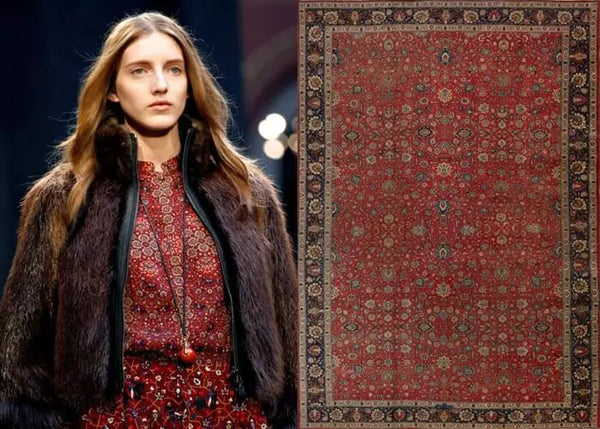
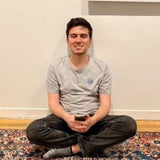

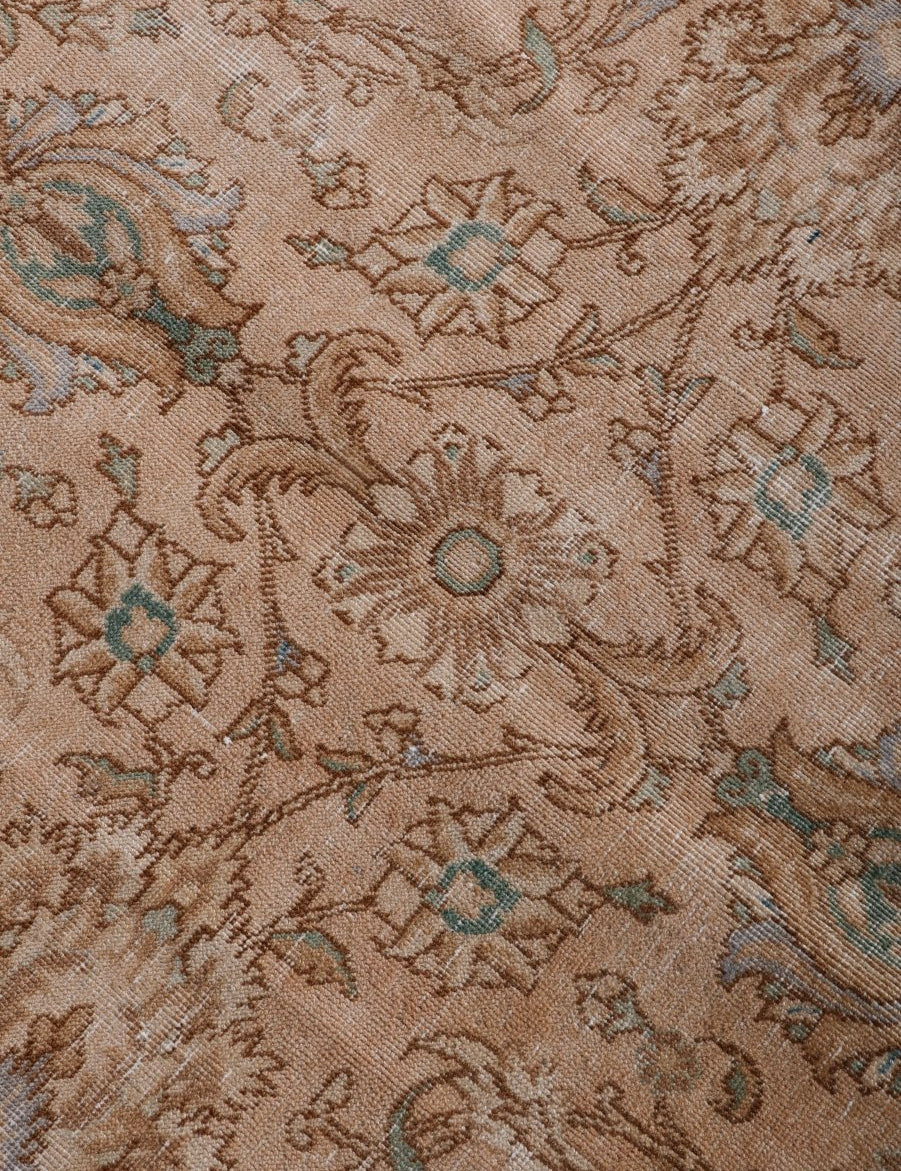
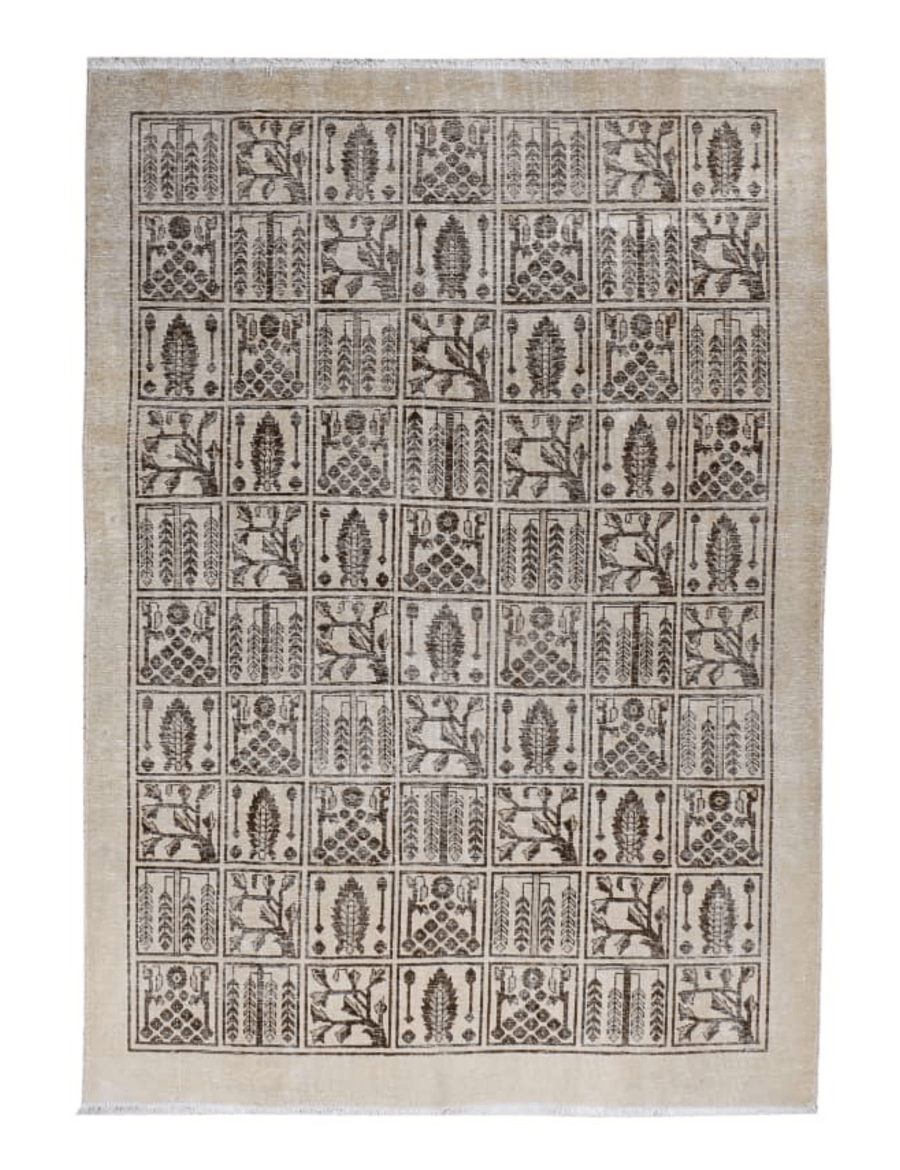
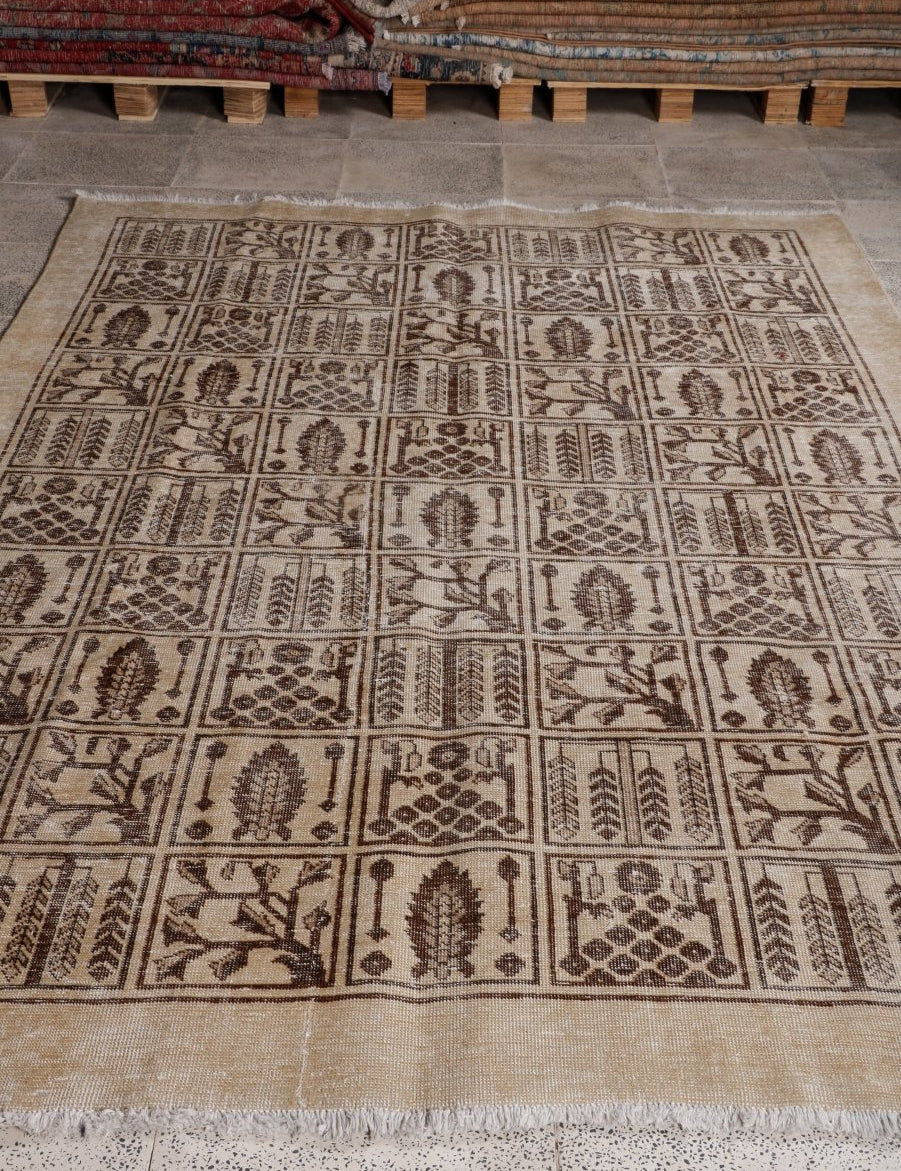
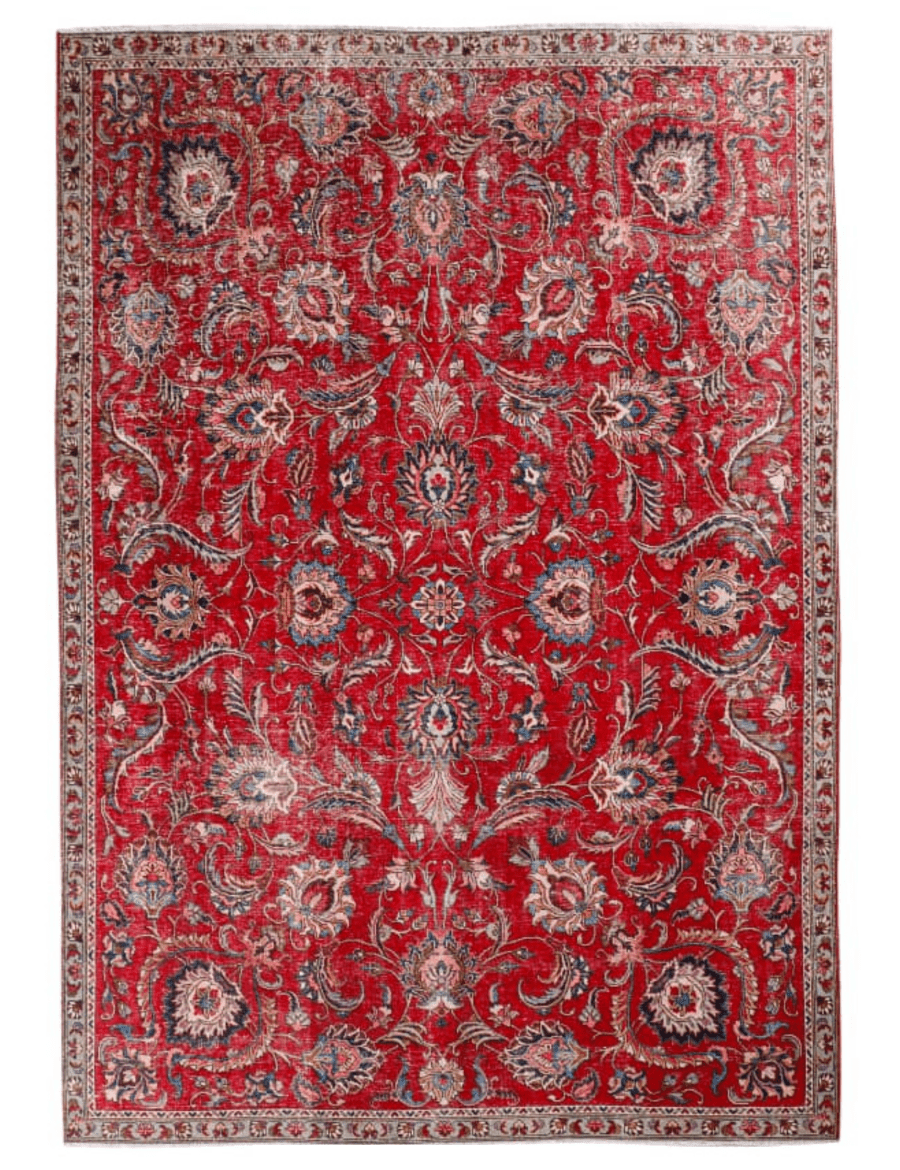
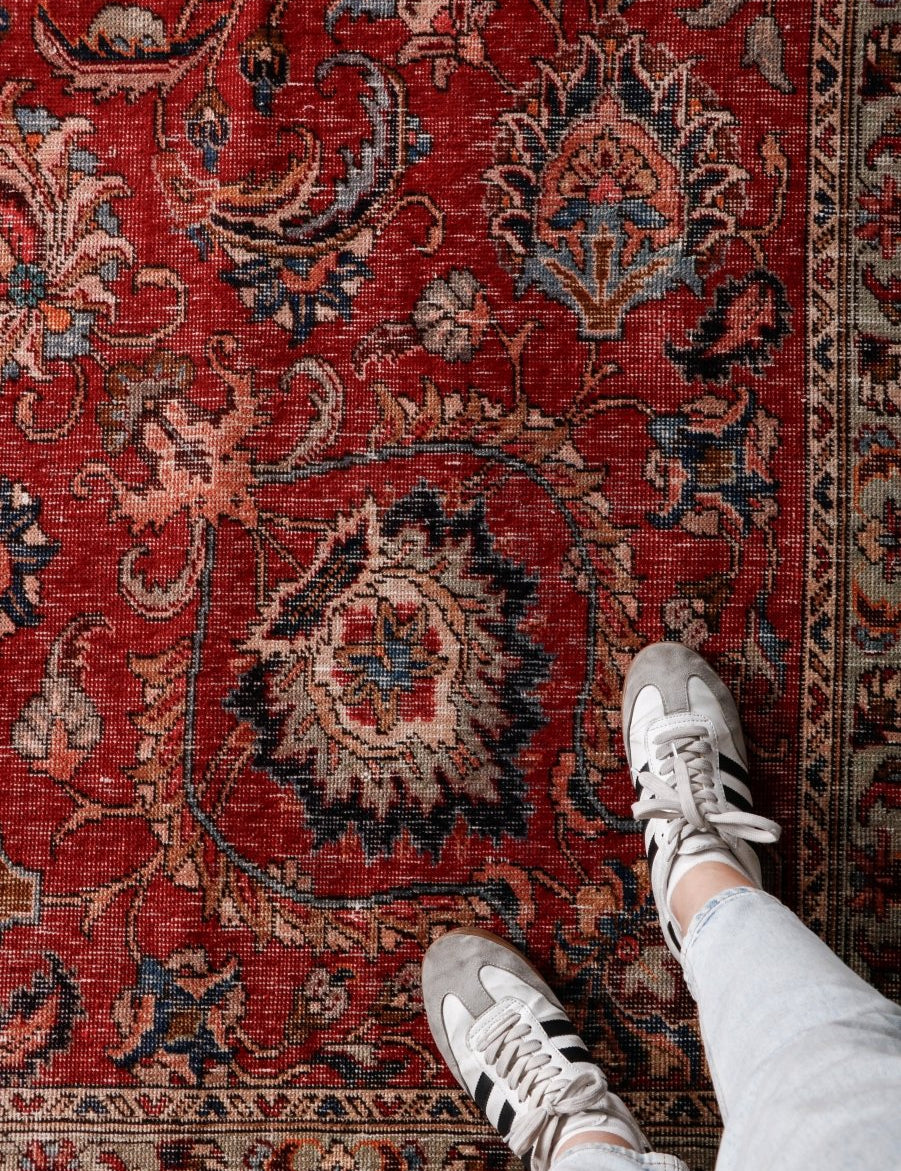
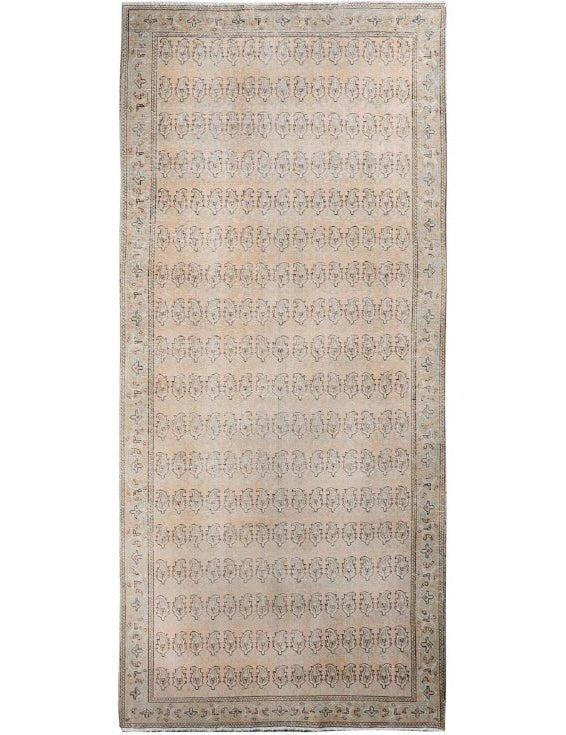
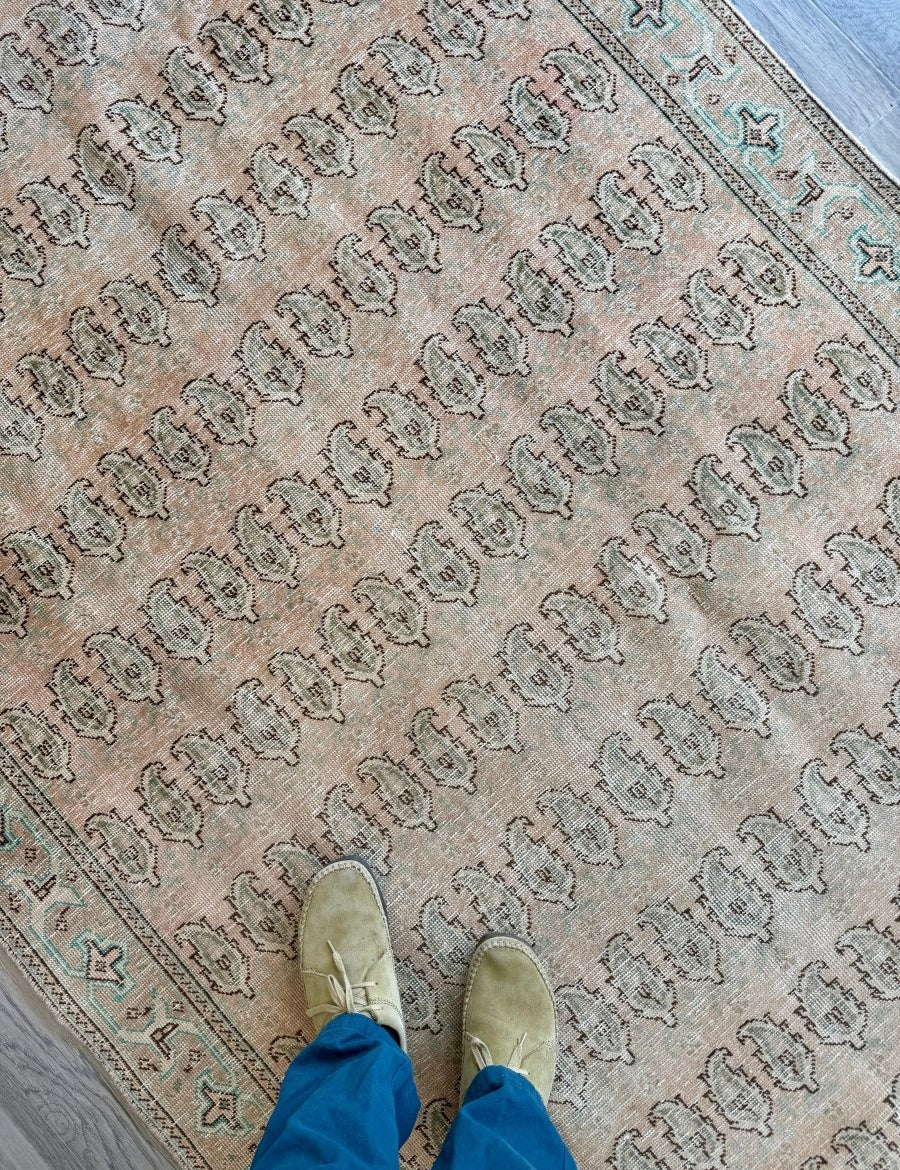
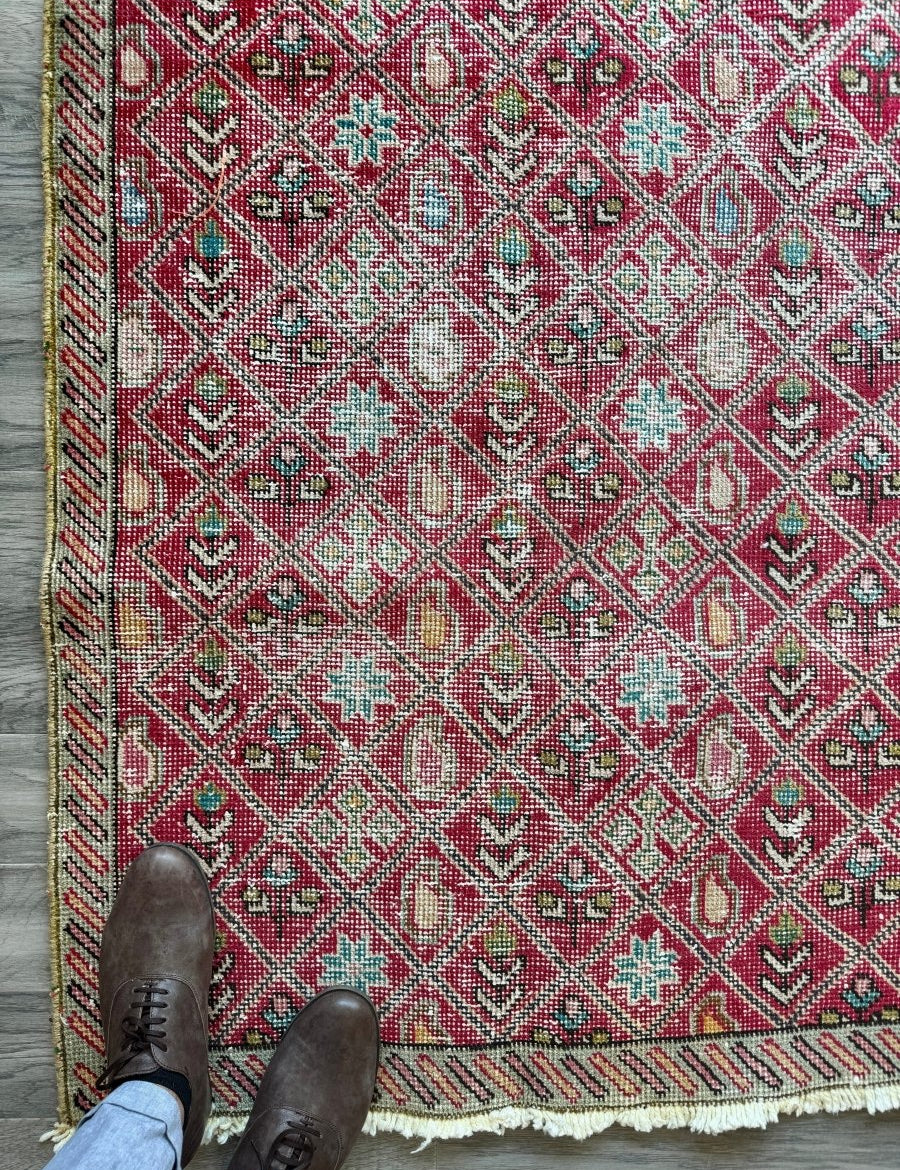
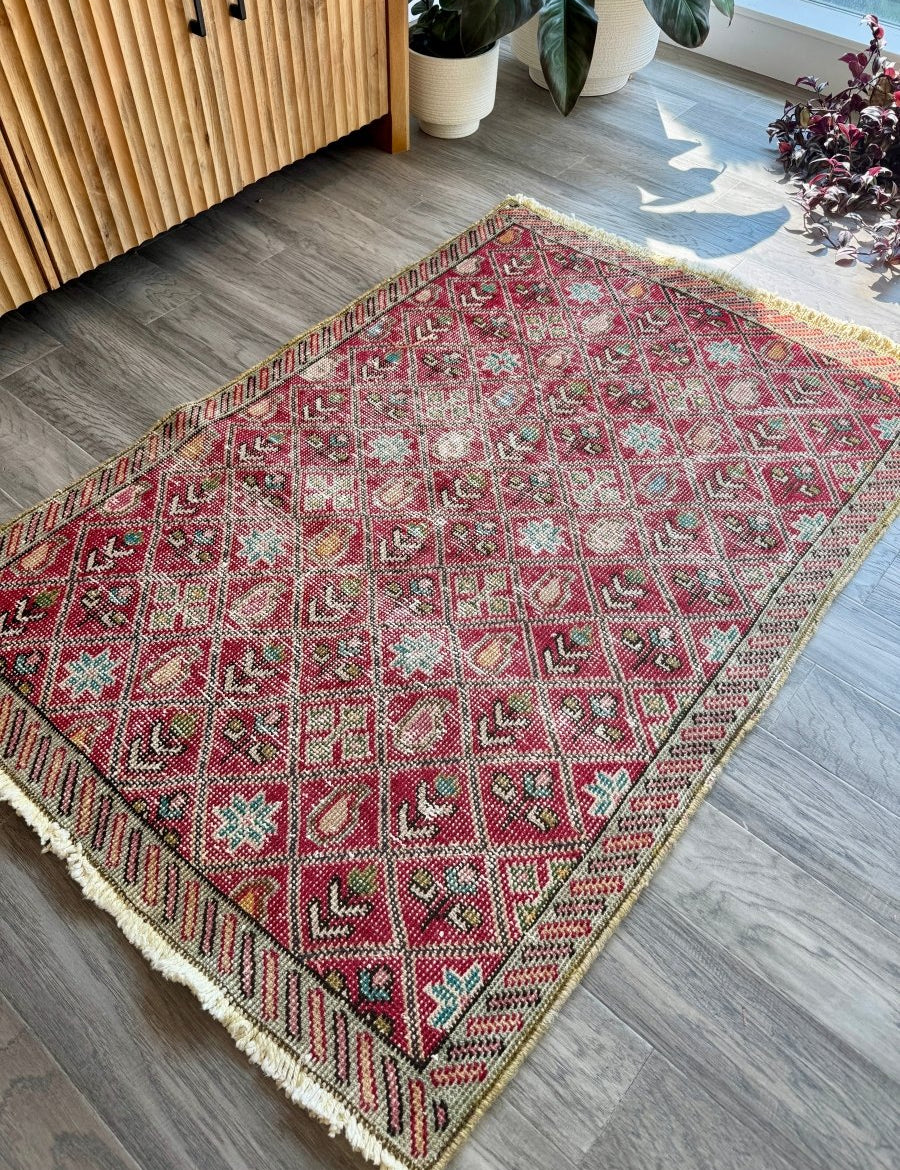
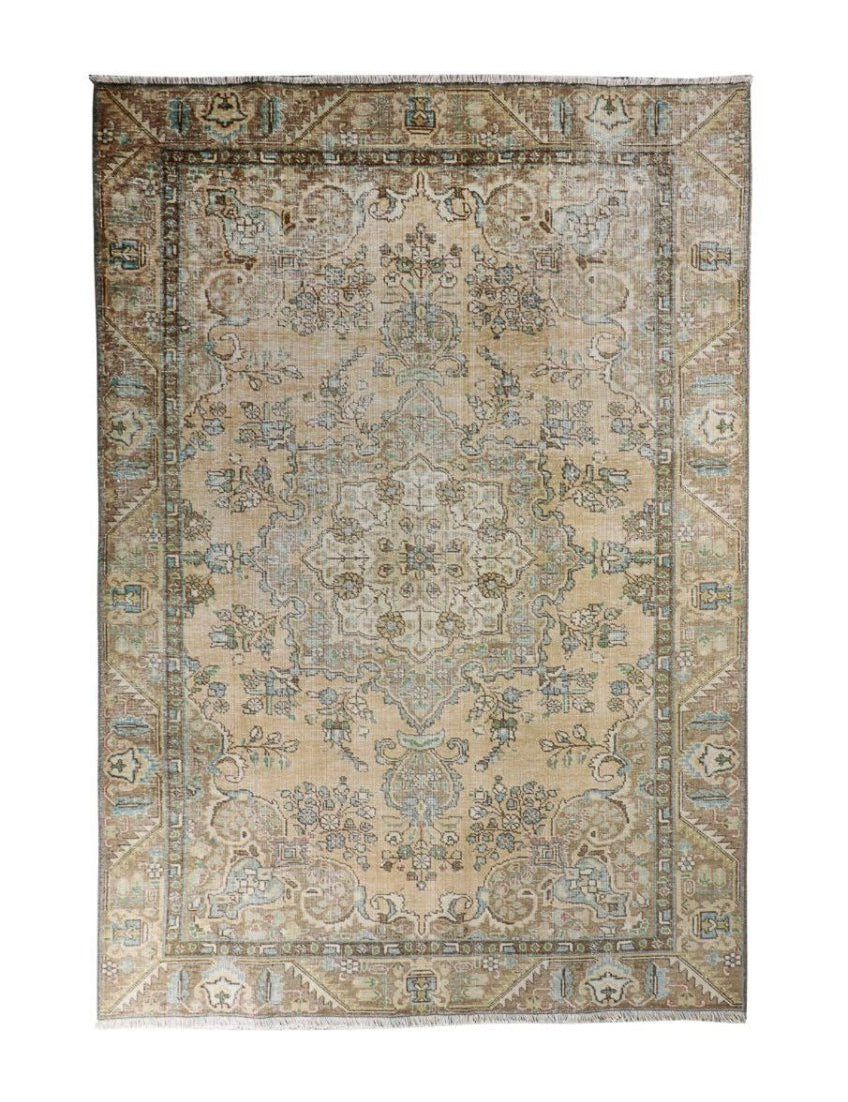
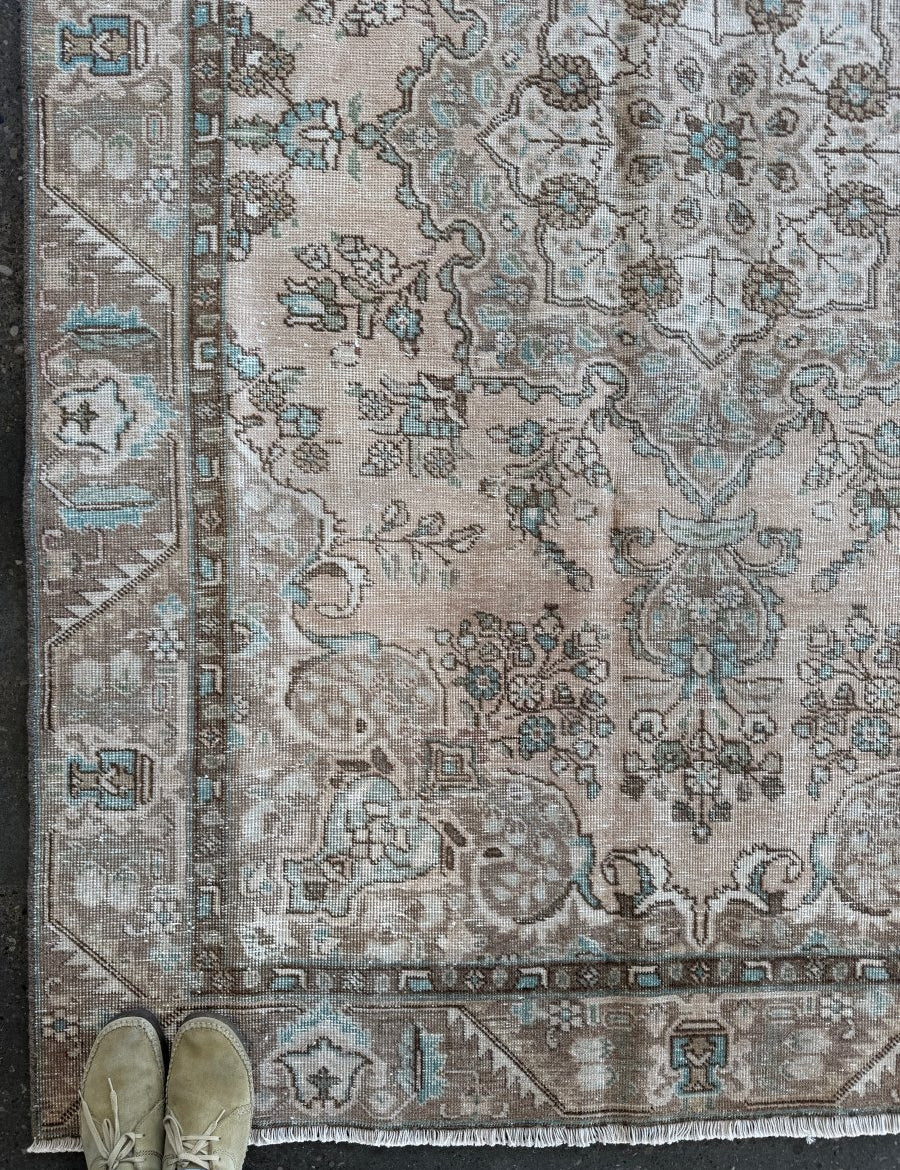
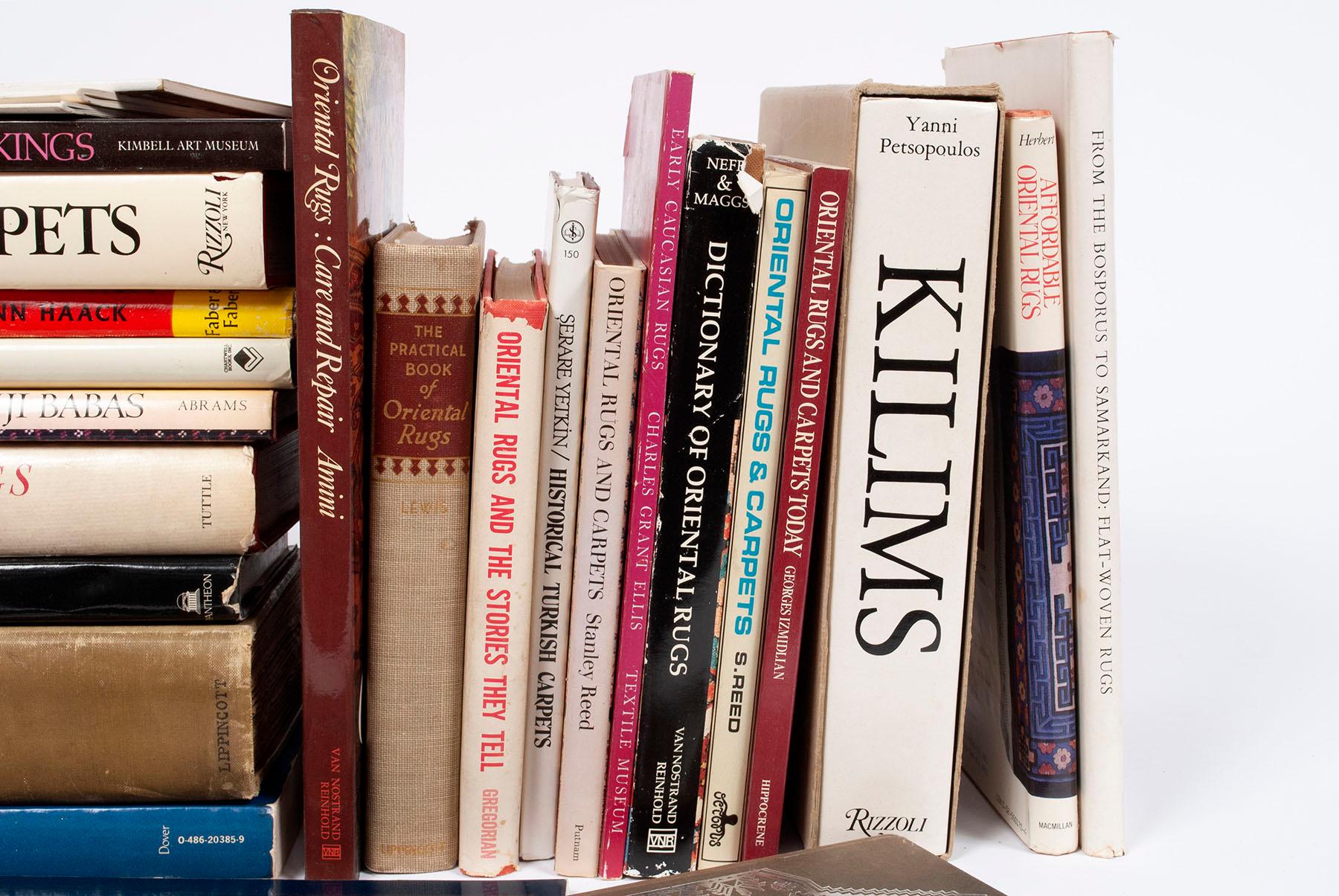




Leave a comment